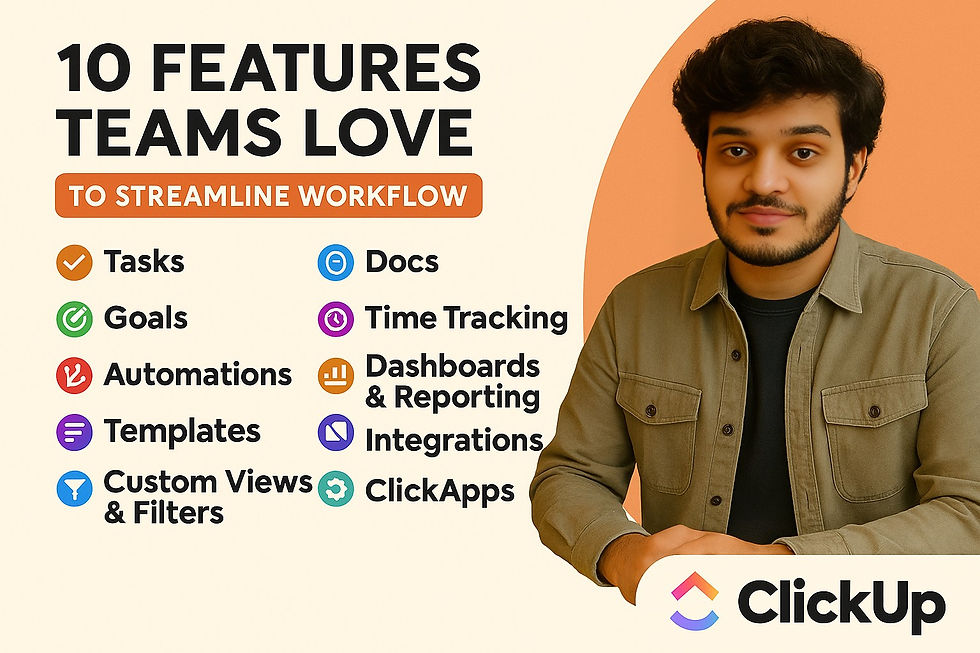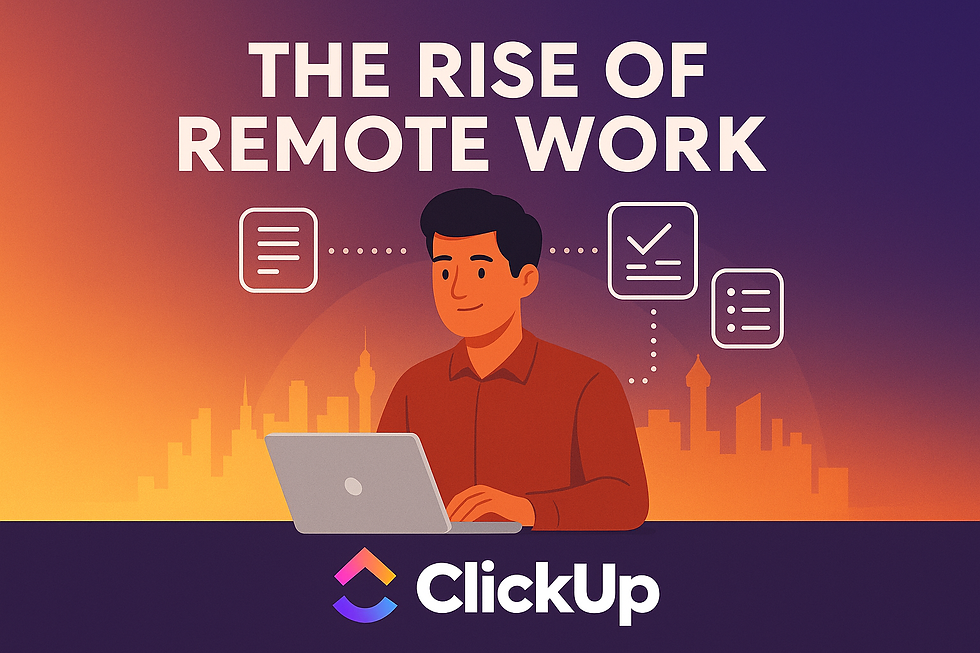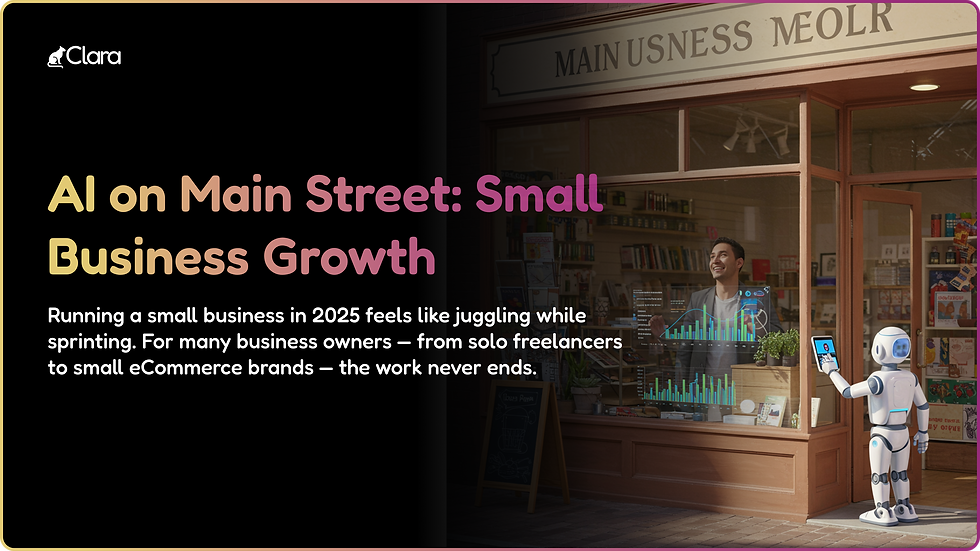- Dravya Bansal
- Aug 10
- 3 min read
Discover how Google AI Mode changes SEO, why early adoption matters, and strategies to boost rankings in the AI-powered search era.
Introduction: A Search Revolution Has Begun
In 2025, Google quietly rolled out one of its most game-changing updates in years: Google AI Mode. This isn’t just another algorithm tweak — it’s a complete shift in how search results are generated, ranked, and presented.
Instead of simply matching keywords to web pages, Google AI Mode analyzes intent, context, and even cross-platform user behavior to deliver AI-curated answers. For businesses, especially small and medium ones, this means SEO is no longer just about keywords — it’s about speaking AI’s language.
And here’s the kicker: early adopters are already winning big.
What is Google AI Mode?
Google AI Mode is the company’s latest enhancement to its search engine, powered by advanced generative AI. It works alongside traditional ranking systems but focuses on personalized, intent-driven results.
In practice, this means:
Search results now often include AI-generated summaries.
Google prioritizes credible, well-structured, and user-friendly content for these summaries.
Businesses with AI-ready websites are more likely to appear in featured AI snippets — the new “position #1.”
Why Early Adoption Matters for SEO
Early adopters of Google AI Mode have an edge because the system learns from the data it has now. If your site is optimized early:
The AI builds a “trust history” with your brand.
Your content gets featured in AI summaries, increasing visibility.
Competitors who delay will struggle to catch up once AI patterns are established.
📌 Example: A local fitness studio that optimized for AI Mode in early 2025 saw a 42% increase in AI snippet appearances within three months.
How Google AI Mode Changes SEO Strategy
Traditional SEO isn’t dead — but it needs an AI-first twist:
Content Optimization for Intent : Instead of just targeting keywords like “best coffee shop in Austin,” target conversational queries:
“Where’s the best coffee shop for remote work in Austin?”
“Best latte art cafes in downtown Austin.”
Structured Data & Semantic Markup: Google AI Mode thrives on context. Adding schema markup for products, reviews, and FAQs increases your AI snippet chances.
Engagement Signals Matter More: The AI tracks how users interact with your page. Higher time-on-site and lower bounce rates are now stronger ranking factors.
Risks of Ignoring Google AI Mode
Failing to adapt could mean:
Lower rankings in AI-enhanced search results
Less visibility in AI summaries, which are replacing traditional top spots
Losing customers to competitors who are AI-ready
Steps to Prepare Your Website for AI Mode
Audit Your Content – Make sure it answers conversational, intent-driven queries.
Add Structured Data – Implement schema markup to help Google AI understand your pages.
Create Multimedia Content – AI Mode loves diverse formats (videos, infographics, podcasts).
Improve UX & Speed – Faster load times and better navigation boost AI trust signals.
Monitor Analytics – Track impressions, clicks, and AI snippet appearances to fine-tune your strategy.
Final Takeaway
Google AI Mode isn’t just a feature — it’s the future of search. By acting now, you’re not just keeping up with trends; you’re securing a long-term competitive advantage.
SEO in 2025 is about being AI-friendly: understanding intent, structuring your data, and keeping your audience engaged.
The sooner you adapt, the higher you’ll climb — and the longer you’ll stay there.



















